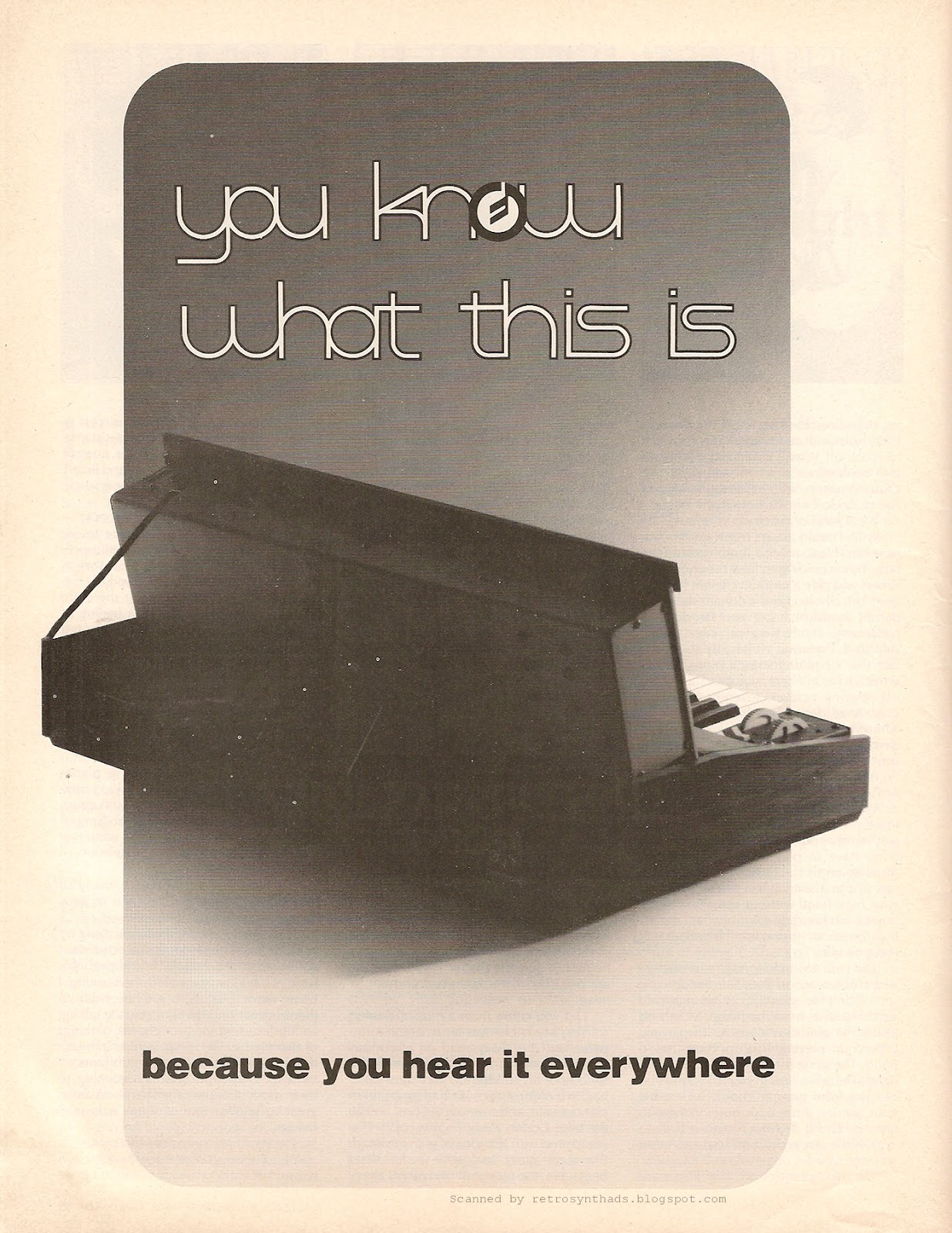

The median (range) annualized relapse rate before IVIG treatment was 1.4 (0-6.1), compared with a median (range) annualized relapse rate while receiving IVIG of 0 (0-3) ( t 108 = 7.14 P < .001). IVIG was initiated as first-line immunotherapy in 15 patients (25%) and as second-line therapy in 37 patients (63%) owing to failure of prior immunotherapy and in 7 patients (12%) owing to intolerance to prior immunotherapy. Results Of the 876 adult patients initially identified with MOGAD, 59 (median age, 36 years 33 women ) were treated with maintenance IVIG. Main Outcomes and Measures Relapse rates while receiving maintenance IVIG compared with before initiation of therapy. These patients were retrospectively evaluated for a history of maintenance IVIG treatment. Patients were recruited from 14 hospitals in 9 countries and were included in the analysis if they (1) had a history of 1 or more central nervous system demyelinating attacks consistent with MOGAD, (2) had MOG-IgG seropositivity tested by cell-based assay, and (3) were age 18 years or older when starting IVIG treatment. Objective To determine the association of maintenance IVIG with the prevention of disease relapse in a large adult cohort of patients with MOGAD.ĭesign, Setting, and Participants This was a retrospective cohort study conducted from January 1, 2010, to October 31, 2021. Importance Recent studies suggest that maintenance intravenous immunoglobulin (IVIG) may be an effective treatment to prevent relapses in myelin oligodendrocyte glycoprotein antibody–associated disease (MOGAD) however, most of these studies had pediatric cohorts, and few studies have evaluated IVIG in adult patients.

MOG AD FULL
Any medication started would be discussed in full detail if needed. These types of medicine are used to control your child’s immune system and to damp down inflammation. Medicines that may be used include azathioprine, mycophenolate mofetil or in some cases rituximab. If a child continues to have relapses, then maintenance treatment may be required to prevent further relapses. Both these treatments will be explained in full detail if needed.įor many children, after an initial attack, it can be difficult to predict if further attacks will happen so it is not always beneficial to start a long term treatment. In rare cases, if high dose steroids do not improve your child’s symptoms, other treatment may need to be considered, such as intravenous immunoglobulins (IVIGs) or plasma exchange. Steroids do not change your child’s risk of a relapse. Steroids have both short and long term side effects so your child will not usually stay on them for a long time. These side effects will be discussed with you in more detail at the time.
MOG AD HOW TO
Your child may then start an oral course of steroid tablets and you will be given a plan of how to reduce these gradually.Ĭhildren usually respond very well to steroid treatment during this acute phase.

This will usually be given at high dose for three to five days via a cannula into a vein. Intravenous steroid treatment is often used to treat the acute symptoms of demyelination to try to reduce the inflammation that has occurred. How is MOG antibody demyelination diagnosed? These relapses could happen either months or even years apart and therefore it can be difficult to predict. arm weakness (if higher up the spinal cord)Ĭhildren may also have symptoms such as nausea, vomiting, ataxia (unsteadiness) and extreme lethargy or tiredness.įor many children that have a MOG antibody demyelination episode, it will be a one off and they have no further attack of symptoms (relapse). However, some children may be at risk of further relapses.Symptoms come on quickly and can vary depending on where the inflammation has occurred in the spine. Transverse myelitis is inflammation of the spinal cord. Optic neuritis is demyelination of the optic nerve and can affect one or both eyes. Some children may initially present with acute disseminated encephalomyelitis (ADEM) which is an inflammatory condition that mainly affects the brain and others may have signs of optic neuritis or transverse myelitis. Symptoms of MOG antibody demyelination can be variable from person to person and can range from mild to severe depending on which parts of the brain are affected. Coronavirus (COVID-19) – information for children, young people and familiesĬoming to GOSH for a day or inpatient admissionĬoming to GOSH for an outpatient appointment


 0 kommentar(er)
0 kommentar(er)
